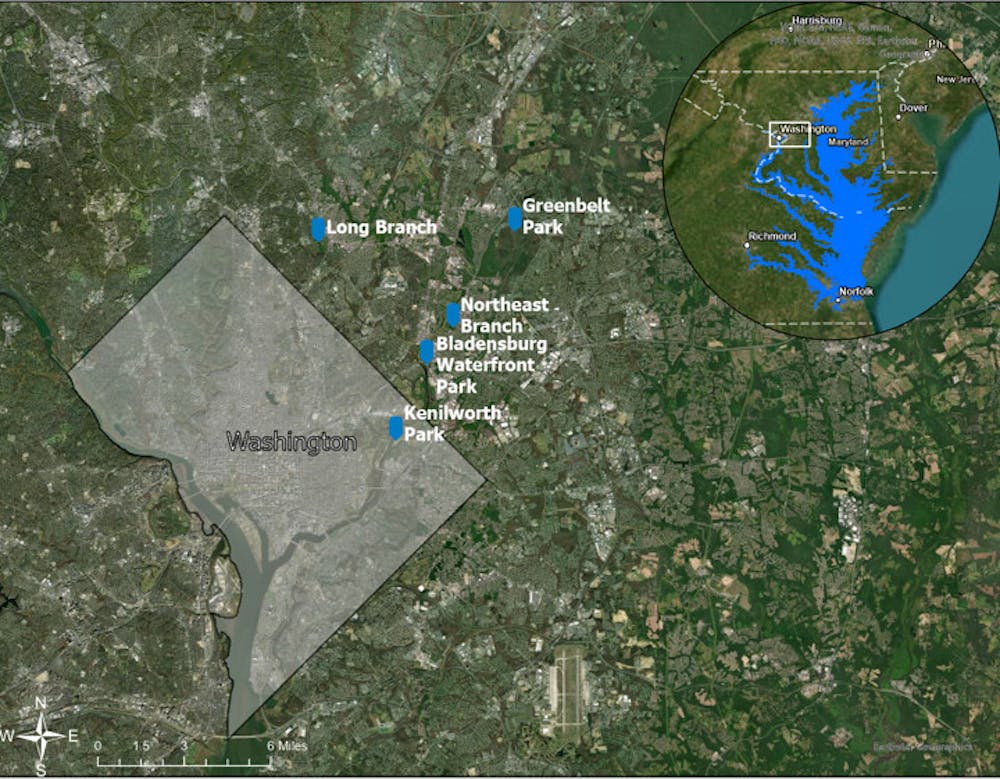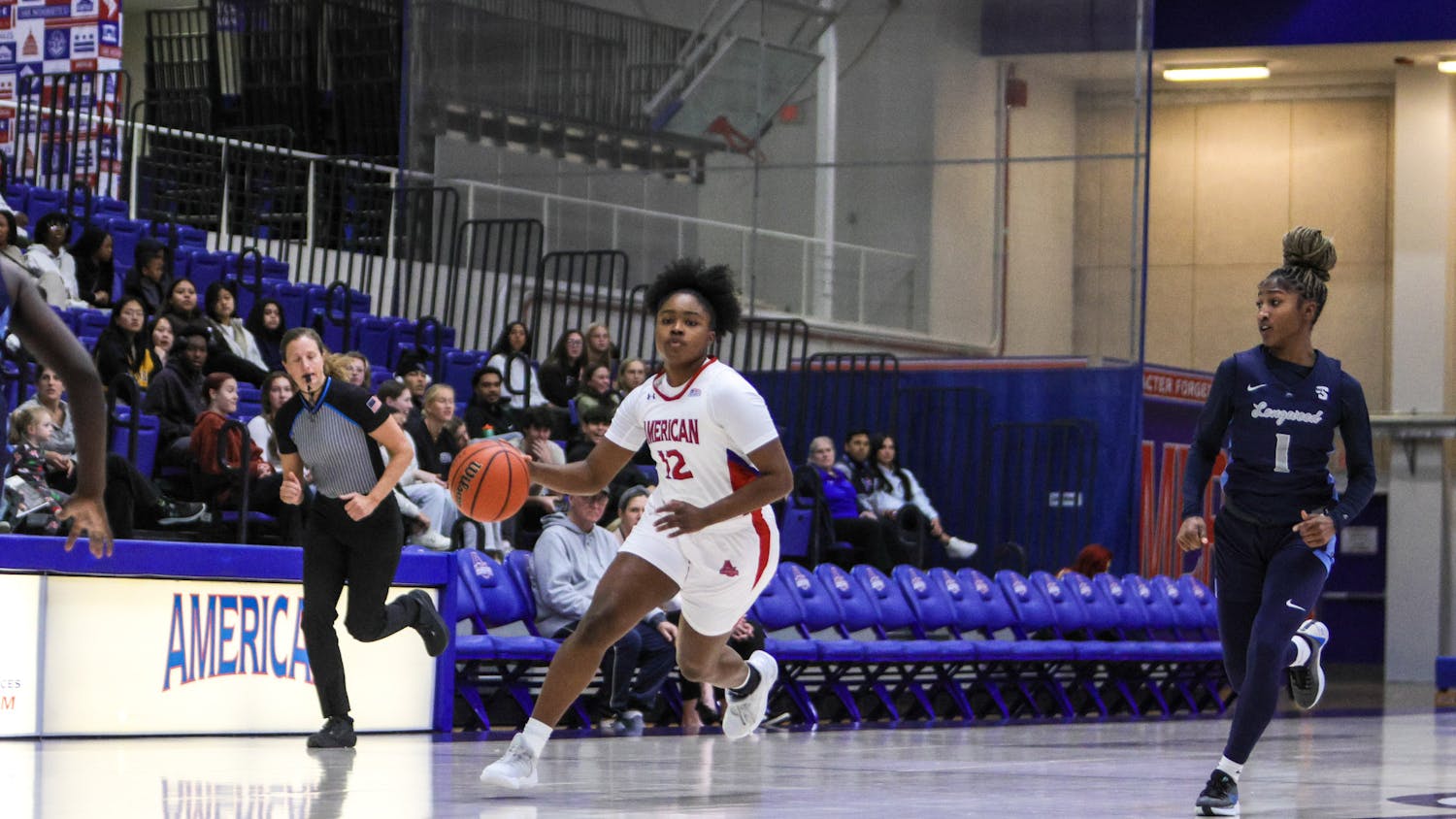Jonathan Craig, a second year graduate student in American University’s Department of Environmental Science, researches the presence of microplastics in the Anacostia River watershed.
“Unfortunately, microplastic pollution is not well documented, and local communities could potentially benefit from that information in the future,” Craig said. “Additionally, education on recycling and improving recycling systems is important, as well as teaching people what they can do daily to help solve the microplastic problem.”
On average, there are 5.5 particles of microplastics –– anything smaller than 5mm in size –– per liter of tap water. In Nash Run, which runs through neighborhoods in Southeast D.C., researchers at AU found between 24 and 127 microplastic particles per liter.
Microplastics are hard to remove because of their size. Despite this difficulty, nonprofits and businesses have made an effort to clean up the Anacostia River in recent years.
“We are looking at sediment samples, and essentially, we are extracting microplastics and then figuring out their polymer composition,” Craig said. “We can take an educated guess whether they are primary or secondary microplastics.”
Primary microplastics start small, while secondary microplastics are broken down from things like plastic cups.
“There are studies out there about the ecological effects of microplastics,” Craig said. “The biggest one that I have come across is a lot of the times they’ll have plasticizers or absorbed contaminants to them that can leach into the environment.” He went on to say that this can cause developmental harmful effects in freshwater organisms.
In addition to being found in freshwater organisms such as oysters or fish, studies have found evidence of microplastics in the placenta of newborns and human lungs. Not only are these small shards of plastic harmful to animals, but humans are feeling their effects as well.
“It does align a little bit with the research and my background from my undergrad. I was in biochemistry, and I did environmental soil sciences,” Craig said. “There was a steep learning curve because I had never worked with microplastics before.”
“Any part of research, you do hit hurdles and stuff like that, but I think the important thing is moving past them.”
Craig is mentored by professor Barbara Balestra and others in the Department of Environmental Science. Craig spoke highly of his mentors and said in general, professors “are really nice and want to help you.” He encourages undergraduate students looking to take a similar path to himself to reach out to their professors and not be afraid to ask questions.
“I really liked the policy aspect and the environmental and social justice aspect that was kind of intertwined in the program,” Craig said. He explained that he chose this program over others that were more hard science based. “AU is very special because there is a heavy focus on the environment and sustainability at this university,” Craig said.
AU is continuing to develop their science programs, and Craig said he has no doubts AU will accumulate newer lab equipment over time. “We don’t have all of the facilities, necessarily, to do the full range of research,” Craig said.
Looking to the future, Craig hopes to see single-use plastic phased out, as well as continuing research on microplastics.
“We are still trying to understand their whole scope,” Craig said. “How they are affecting not only humans but the environment as a whole.”
This article was edited by Soumya Sahay, Patricia McGee and Abigail Pritchard. Copy editing done by Isabelle Kravis, Olivia Citarella and Charlie Mennuti.





